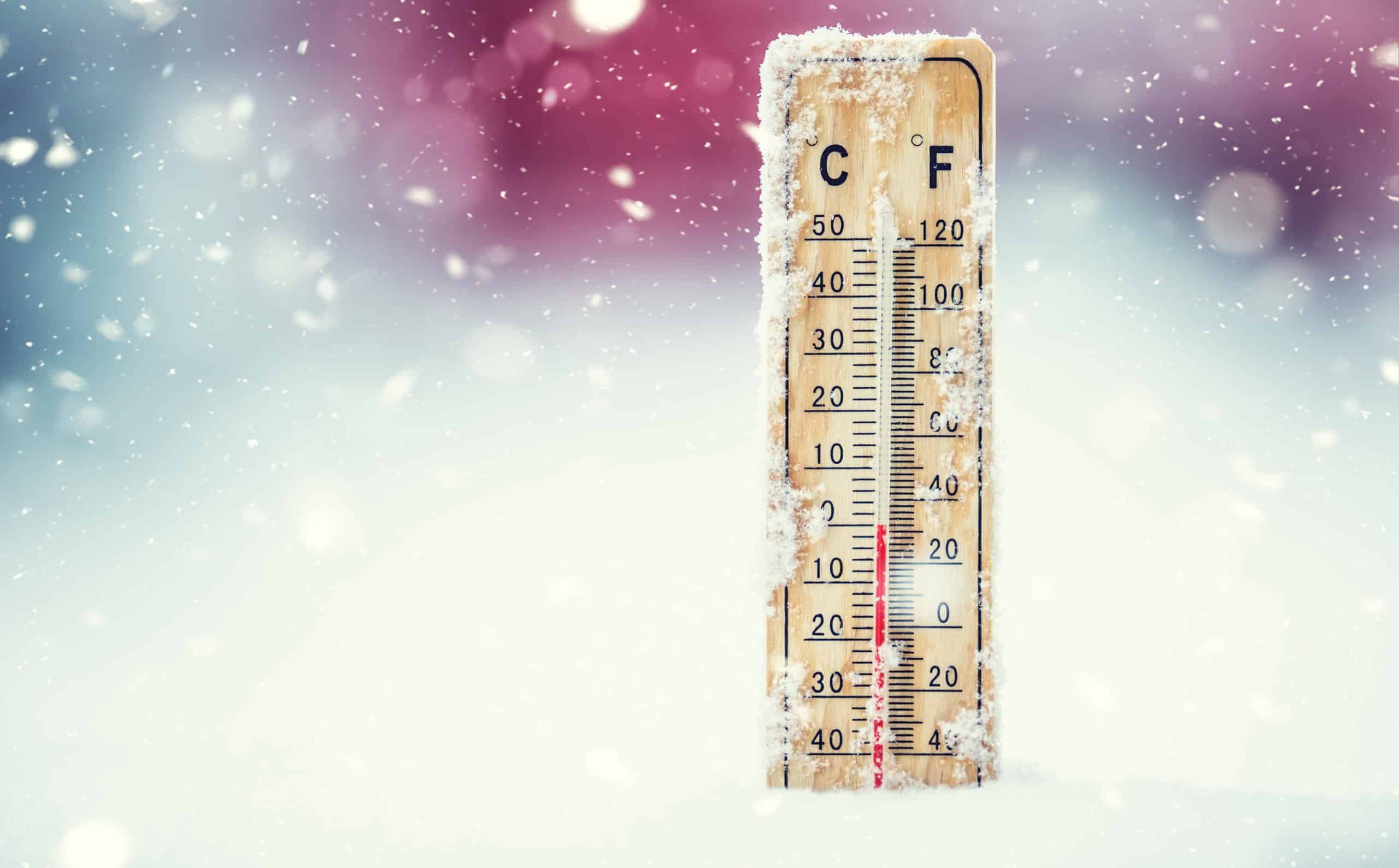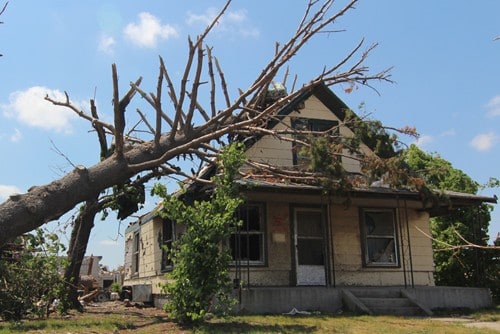We often consider the need for personal protective equipment (PPE) for workers who are exposed to many obvious hazards at their job, such as working in a hospital, fighting fires, or handling chemicals.
But did you know that PPE is just as important for workers who are performing their role in cold environments?
Employees who are exposed to the chilly outdoors are at risk of cold stress. Cold stress can be caused by cold temperatures, high and/or cold wind, dampness, and cold water. It occurs from driving down skin temperature and ultimately the body’s internal temperature – and can lead to serious or even life-threatening conditions such as hypothermia, frostbite, chilblains, and trench foot.
According to the U.S. Bureau of Labor Statistics, nearly 200 occupational injuries and illnesses resulted from “environmental cold” conditions in 2020. In climates with colder months, it’s important to consider specific protective equipment that crew members should wear to help reduce the chance of cold stress.
PPE for Winter Safety
According to the Occupational Safety and Health Administration (OSHA), employers should consider protective clothing that provides warmth for teams working in cold conditions. These items may include:
- Protection for extremities: gloves, wool socks, scarves, hat
- Loose fitting and lightweight layers (at least three)
- Water repellent, hooded jackets, raincoats, parkas
- Insulated, anti-slip boots or shoes
- UV eye protection – even in winter
Watching for Wind Chill
Wind chill temperature measures the rate of heat loss from the human body and the impact of cold on exposed skin. The National Weather Service Wind Chill Index showcases when wind chill reaches a critical level and provides information on wind chill for various air temperatures and wind speeds.
For more information about wind chill safety and prevention, read Amerisure’s Safety Bulletin.
Winter Safety Best Practices
Employers should train teams on how to prevent and recognize cold stress and apply first aid treatment. In addition to protective equipment, environmental controls such as shielding work areas should be part of protocol. Workers who are facing winter conditions should also consider implementing a “buddy system” to help workers keep an eye out for the warning signs of cold stress among their teammates.



